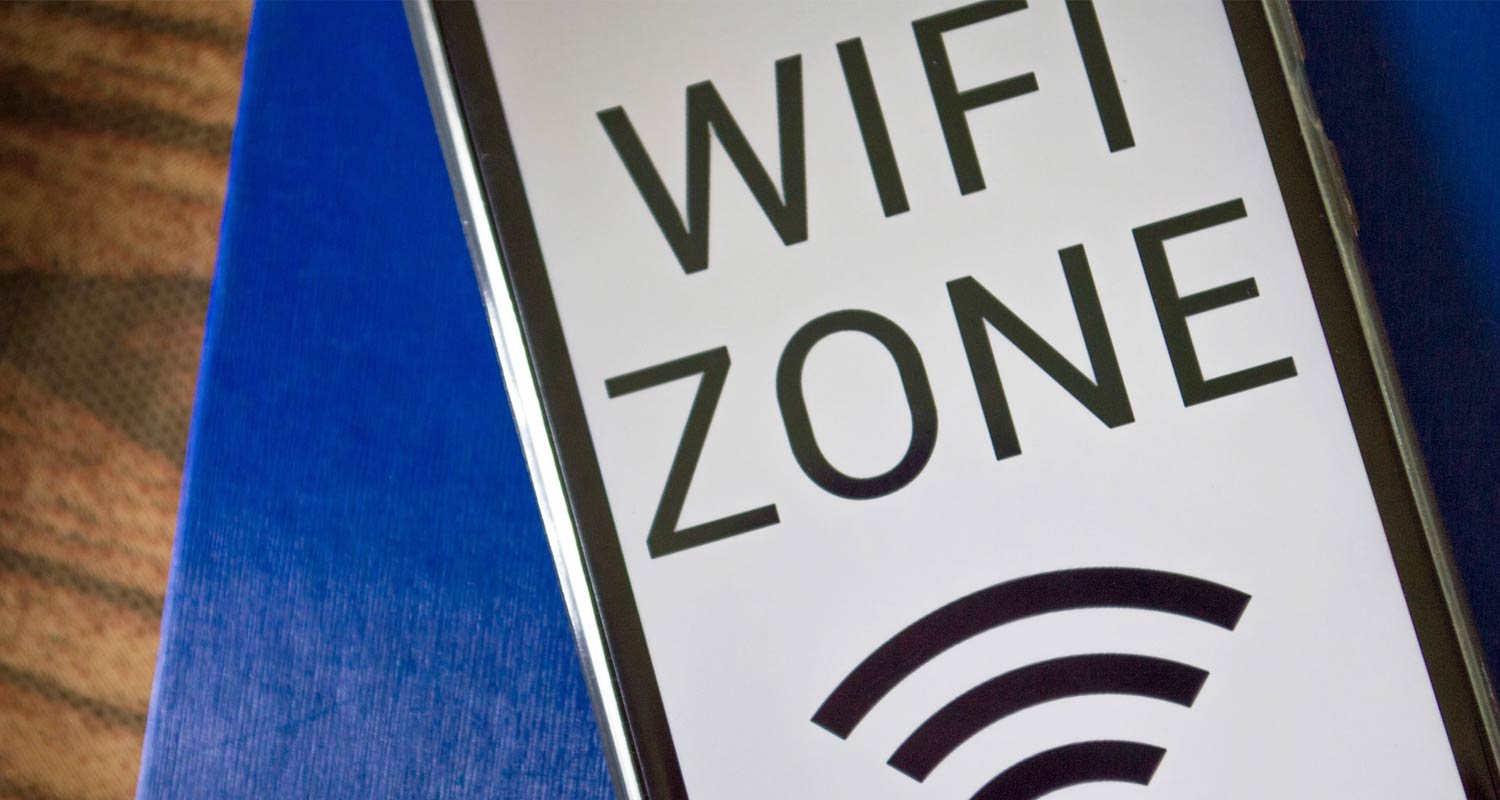Try our mobile app

Your Wi-Fi router could soon alert you about an intruder in your house, or notify you if it detects someone has had a fall – even through walls. A new Wi-Fi standard, known by its technical name of 802.11bf, or the layman’s term, “Wi-Fi sensing”, is able to detect changes in the nearby environment using Wi-Fi signals and radar to pick up motion, recognise hand gestures and even detect someone breathing nearby. The IEEE Standards Association, which develops Wi-Fi standards, published a draft of the 802.11bf standard in September 2020 and will ratified this year, according to Paul Colmer, a member of the executive committee of the Wireless Access Providers Association of South Africa (Wapa). Wi-Fi 802.11bf’s precise location-tracking capabilities open the door to innovative indoor navigation systems The new standard is, however, promising exciting new applications, including high-precision location-based services. For example, it will be able to track a person’s activities while gymming for automated exercise record-keeping. It can also create a 3D image of a building or house for design purposes. Operating in the 60GHz frequency spectrum band – which, according to Colmer, must still be approved for Wi-Fi use by communications regulator Icasa – it provides ample bandwidth for data transmission and positioning accuracy. According to a Huawei Technologies white paper , a key feature of 802.11bf is high-precision location tracking. This is achieved through the implementation of “angle of arrival” and “angle of departure” techniques, allowing devices to determine the direction of incoming and outgoing signals. Potential applications of the standard include: Indoor navigation: Wi-Fi 802.11bf’s precise location-tracking capabilities open the door to innovative indoor navigation systems. From airports to shopping malls, users can experience accurate, real-time navigation within complex structures. Augmented and virtual reality: The standard’s high data transfer rates and low latency make it suitable for AR and VR applications. Users can enjoy immersive experiences without the disruptions caused by lag or jitter. Smart homes: The standard facilitates the creation of intelligent ecosystems where devices can communicate and coordinate with one another based on the precise location of users and smart objects. Hand and finger gestures can be used to trigger smart objects, without pressing any buttons. For example, you could close your curtains by moving your hands closer together. Health-care services: The standard’s accuracy in location tracking can be harnessed in health-care settings for patient monitoring and asset tracking, enhancing the overall efficiency and quality of care. Another example is fall detection: it can accurately detect if a person has fallen (in a home or hospital), which could immediately notify the hospital or emergency services. That could prove useful for those worried about elderly parents or grandparents. The 802.11bf standard, which is expected to be integrated into next-generation Wi-Fi 7 (and is already available in some other routers), provides high-speed, multi-gigabit throughput for sensing applications, but only over short ranges given the high frequencies used. – © 2024 NewsCentral Media Get breaking news alerts from TechCentral on WhatsApp